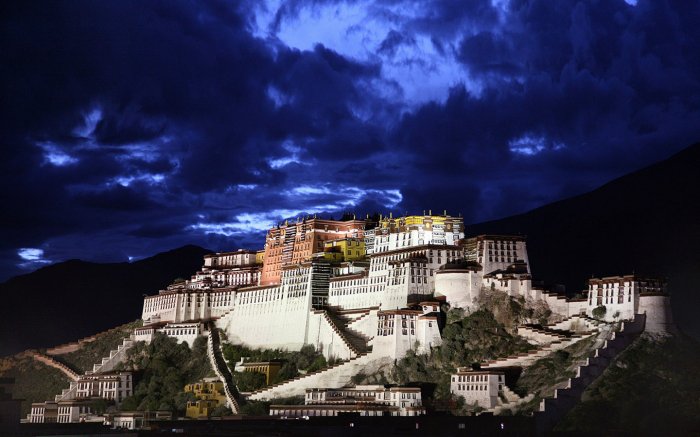

Uppsala Transmission joint Expansion joint rest assured suppliers Zhongyuan valve fittings enterprise overseas product website
Provide rational Expansion joint solutions for Uppsala coal gas customers
Contact
We are happy to help you
Contact ZhongYuan water supply equipment today for all your questions regarding pipeline expansion joint, pipeline power transmission joint, rubber joint or specific applications that may require a custom solution. We normally respond the same day.
Gongyi City, Henan Province, China
Phone: +8618539447368
Whatsapp: {whatsapp}
ZhongYuan takes you to see China! From ancient dynasties to modern-day innovations, there is so much to explore and discover in China.

There are many historical and cultural heritages in China. I believe these cultural stories with a long history are attractive enough to make friends interested in Chinese pipeline expansion joint, pipeline power transmission joint, rubber joint products.
One of the world's famous attractions:
The Potala Palace is a highly revered cultural and religious site located in Lhasa, the capital city of Tibet Autonomous Region, in China. It is situated on the Red Hill of Lhasa valley, and its construction began during the Tang Dynasty in the 7th century. The palace is a symbol of Tibetan Buddhism and has been listed as a UNESCO World Heritage site since 1994.